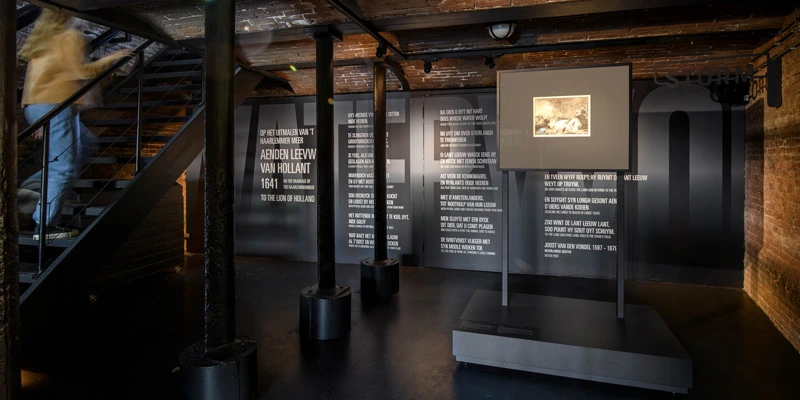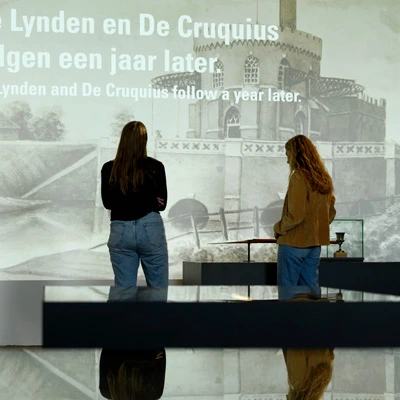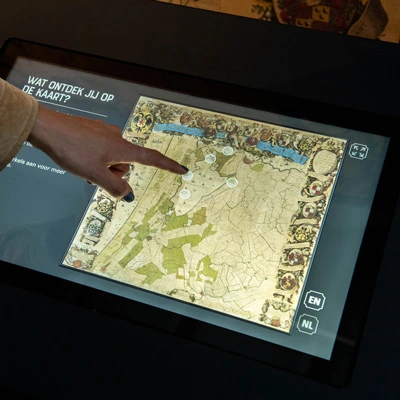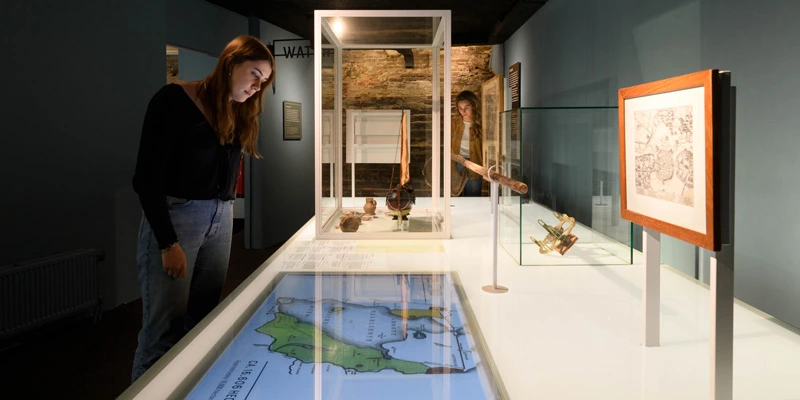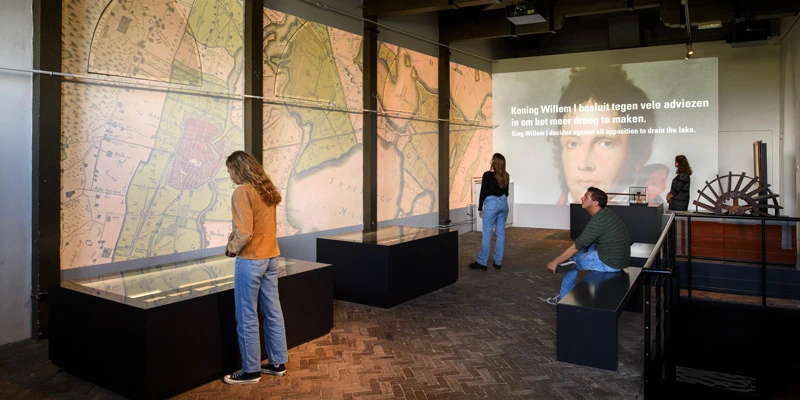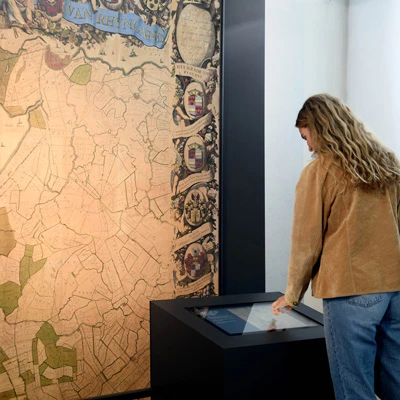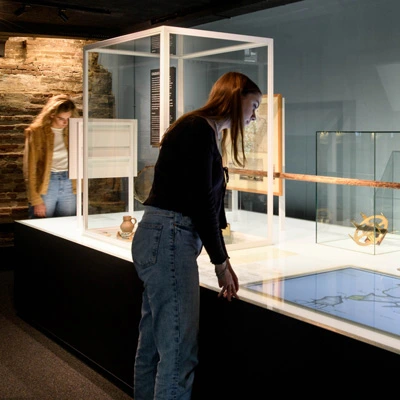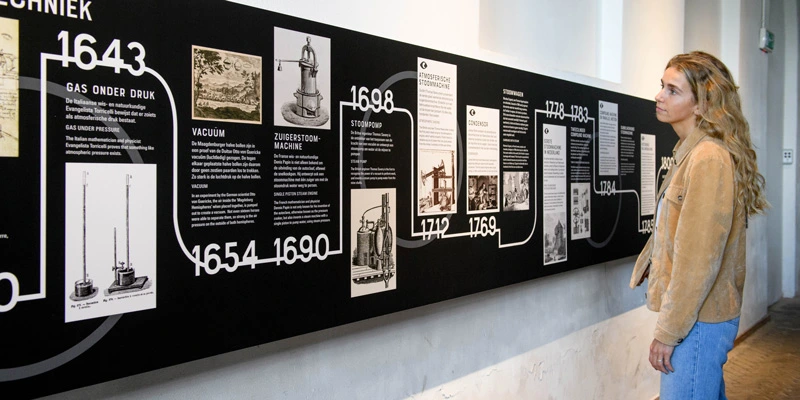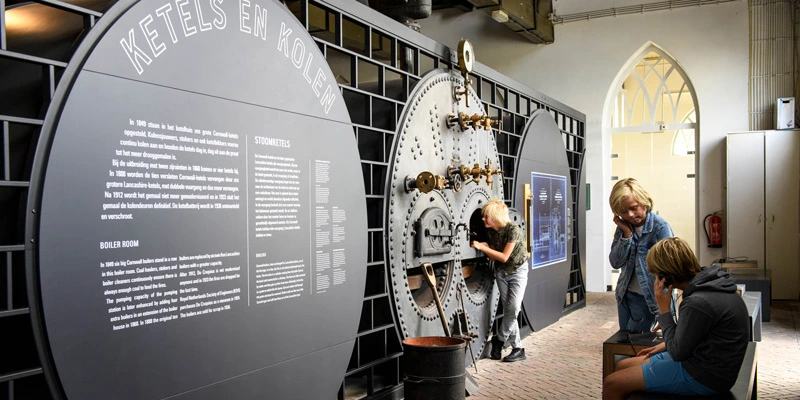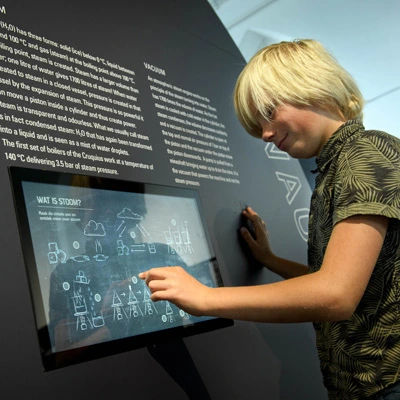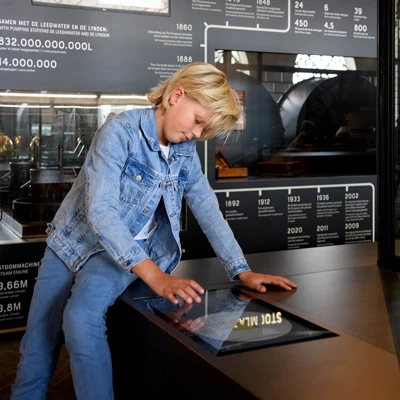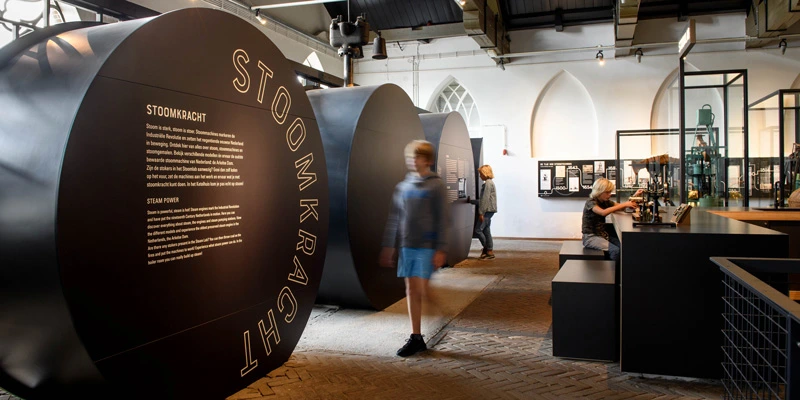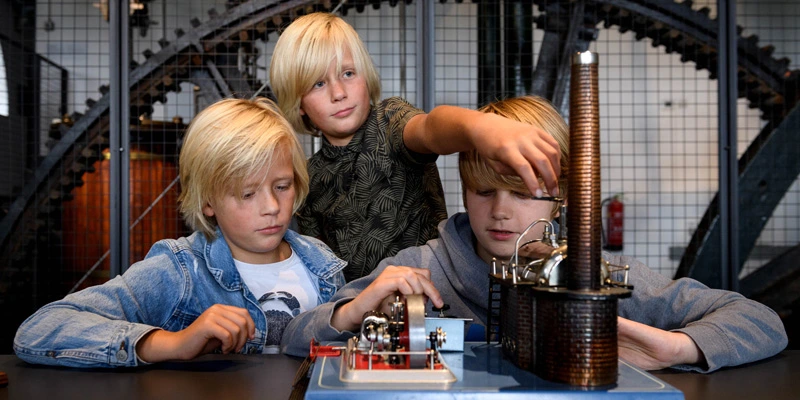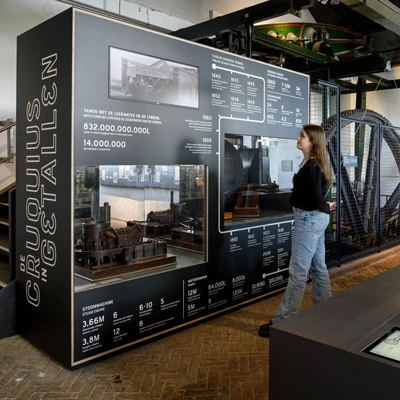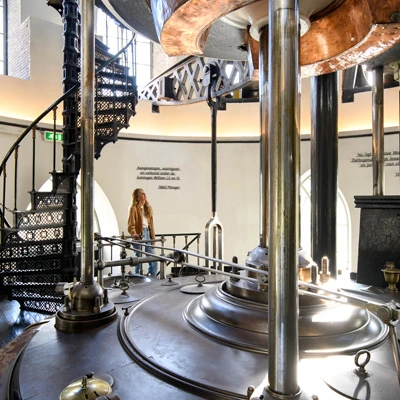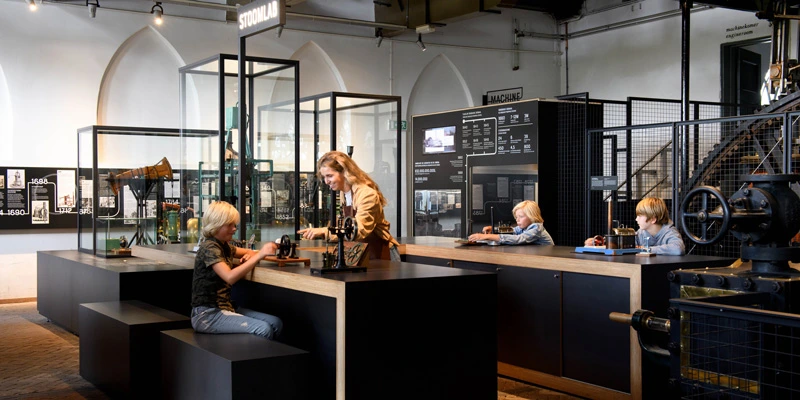Cruquius museum
An immersive look at Haarlemmermeer’s history and the world’s largest steam engine.
Cruquius Museum, Cruquius (NL), 2020
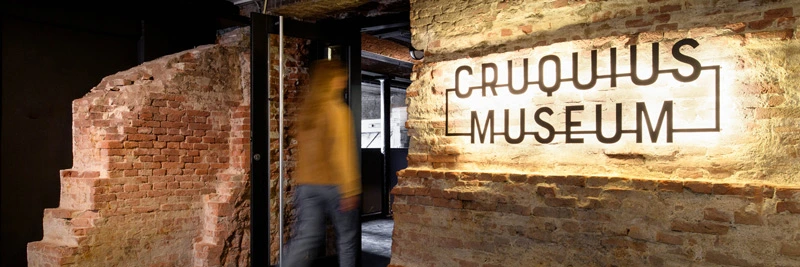
Overview
The Cruquius Museum showcases the Netherlands’ remarkable achievement in draining its largest lake, the Haarlemmermeer, from inside one of the original steam-powered pumping stations that made it possible. A large-scale projection, interactive elements and hands-on activities invite visitors to explore the power of steam technology and the massive machinery behind it.
Contribution
I led the design of the exhibition’s visual identity, multimedia content, and Audiovisual installations, transforming the space into a hands-on workshop where visitors are encouraged to explore the engine through physical models and interactive stations that explain how the machinery works. The result is an experience that blends storytelling, experimentation, and play, making complex engineering concepts easy to grasp for audiences of all ages.
Key achievements
- Translated technical heritage into an engaging story
- Designed multi-layered content adaptable to people
- Enabled curiosity-driven, self-paced exploration
- Brought new life and future relevance to a historical site
Explore the next project or drop me a message.
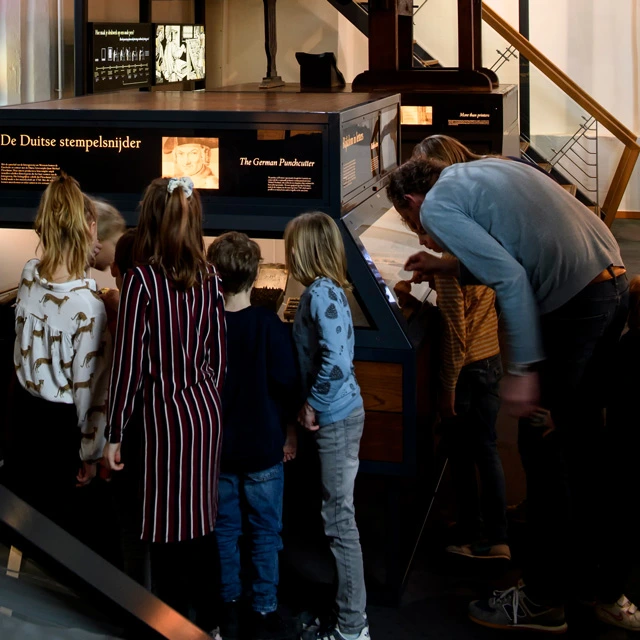
Awarded + Featured
Joh. Enschedé
Noord-Hollands Archief, Haarlem (NL)
